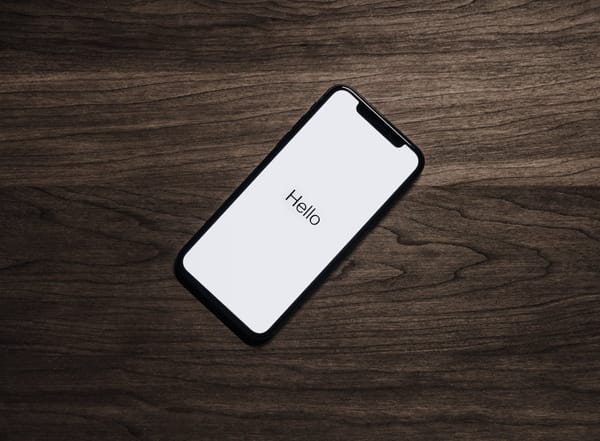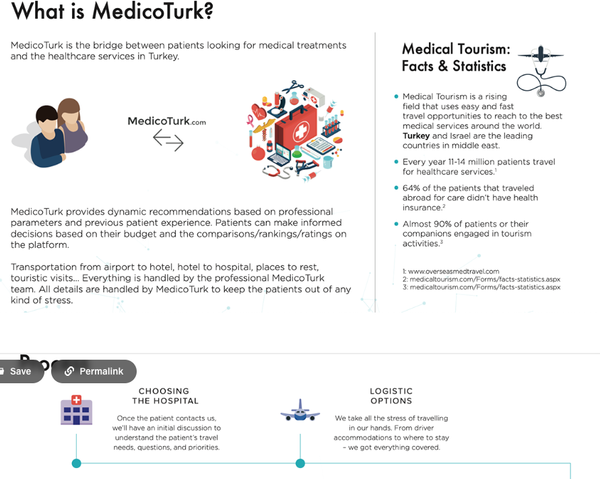5 Reasons to Employ Digital Signage in Your Medical Institution
Table of Content
As a kind of visual communication, digital signage is a potent tool for companies to attract the attention of their target demographic. Digital signage, with its flashing displays and vivid, ever-changing material, can attract the viewer's attention more effectively than any other medium. The healthcare industry enjoys the advantages of digital signage, while other businesses use it to engage their on-premise audience. With so many people to inform, including patients, visitors, nurses, physicians and support personnel, digital signage is essential to an effective communication system in bigger hospitals.
Even smaller medical facilities find digital signage for healthcare institutions invaluable for patient retention, brand development and information provision. The following are some of the many reasons why you should take advantage of hospital digital signage technology in your medical institution:
1- Reduce anxiety in the waiting room
Waiting is difficult for everyone, but it may be particularly trying when you're sick or waiting for a loved one to emerge from surgery. By showing the projected wait time and offering entertaining material that is both diverting and instructive, digital signage in the waiting room may help ease some of the tension that patients and visitors may be feeling.
Patients' loved ones may get up-to-date information on their loved ones' surgical procedures through digital displays in the waiting area; the system uses patient identification numbers instead of names to safeguard their anonymity. Family members may track their loved one's surgical procedure from start to finish, including when they go into surgery, how long they stay, and when they are transferred to recovery. This signage, updated in real-time, reduces stress for the patient's loved ones and frees up medical professionals to provide the finest treatment possible. Visitors to the waiting area may also be provided with regional information such as restaurant recommendations, traffic reports, and forecasts on the room's waiting area signs.
2- Improved navigation
Large, complex buildings are typical for healthcare institutions, making it difficult for patients and visitors to find their way around. Wayfinding signage is only one example of the information that may be shown digitally to help solve this problem. An interactive navigation kiosk, for example, may help your patients and visitors feel more at ease, protected and secure in a high-stress setting like a hospital. As an extra aid, you may provide them with a map showing nearby medical facilities and listing the doctors that work there.
3- Better patient experience
Both physicians and patients may gain from using digital signs in patient rooms. Bedside displays aid physicians in patient education by displaying data like test results and treatment plans. Patients may also benefit from a greater comprehension of the operations because of the use of digital signage material, such as videos, shown on the displays. It gives patients more control over their healthcare, which improves outcomes and reduces readmission rates. Also, unlike the typical whiteboard, which requires constant and time-consuming updating, digital signage can provide information about the patient that is accurate and up-to-date at all times.
4- Improved staff communication
The same logic that would lead you to install digital displays in waiting areas also applies to employee break rooms. End old-fashioned whiteboards and bulletin boards by replacing them with a cloud-based content management system that can rapidly distribute updated company rules, procedures, treatments, safety warnings and training opportunities. This low-cost, highly adaptable system may be deployed in any number of offices, allowing for rapid, seamless communication with any workforce size. Information may also be broadcast to employees' mobile devices through digital signage.
5- Build a stronger brand image
It's important to keep ahead of the curve as technology develops. Using digital signage, you can create a unified identity for your healthcare business that will stick with patients and visitors. Your message may be tailored to the audience, and you won't have to compete with other companies for airtime as you would on traditional television. Additionally, digital billboards with custom messaging may assist drive home your brand's message and stick in the minds of passers-by.
Due to the dynamic nature of healthcare and the ever-evolving nature of its facilities, digital signage is a perfect match for your medical institution. A hospital's employees, patients, and visitors will always have access to the most up-to-date and correct information because of the system's real-time capacity to receive central updates on the material. Digital signage guarantees a dependable, streamlined source of communication that is far quicker, more effective, and environmentally friendlier than paper-based static signs. Digital signage offers a high return on investment for every healthcare establishment, from a quiet office to a busy hospital.











